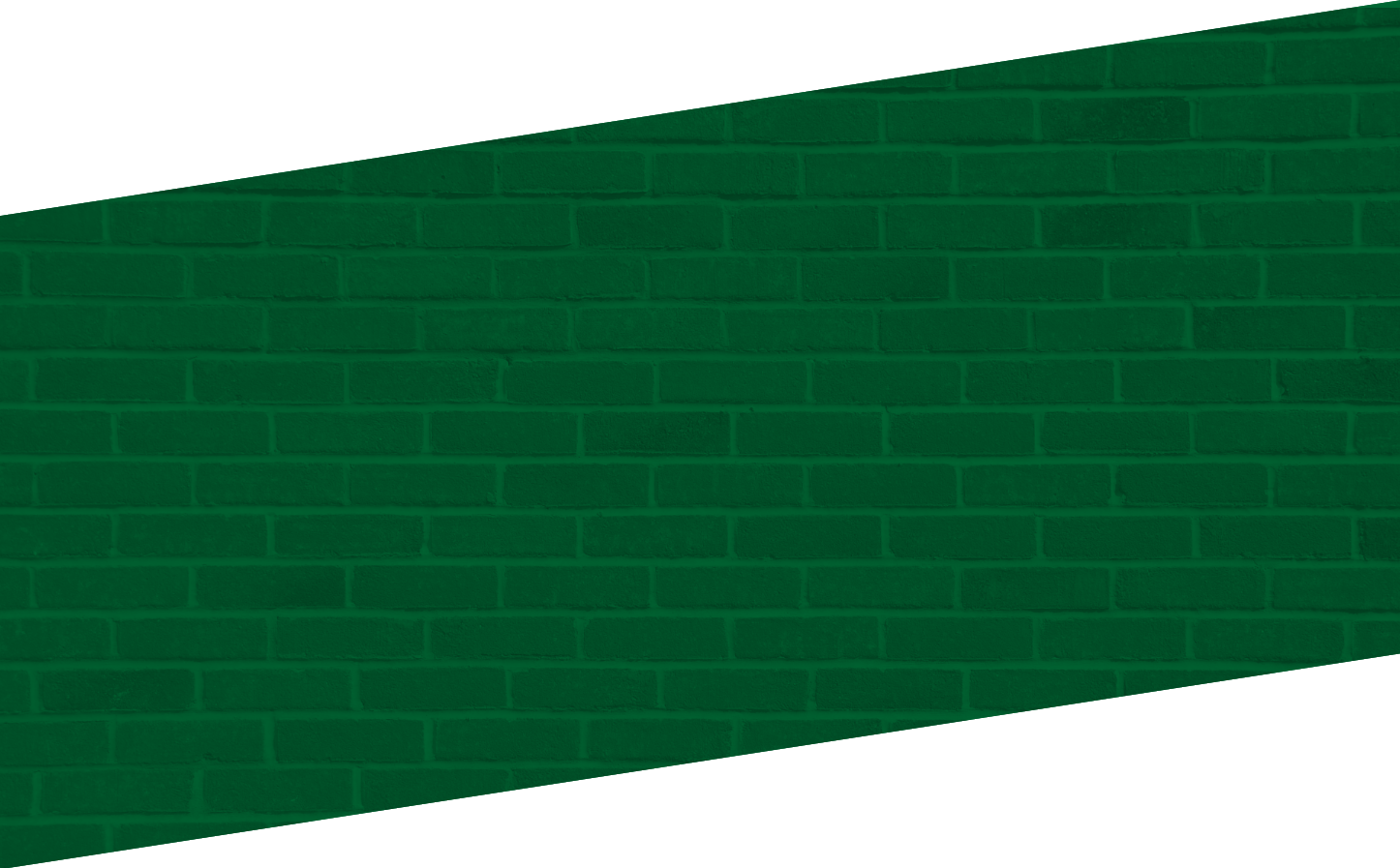Mon-fri 8-5 // Sat 8-12
Mon-fri 8-5 // Sat 8-12

Unless you live in paradise, your home requires some amount of heating and cooling over the course of different parts of the year. Whether you’re heating or cooling, insulation is essential for maintaining an energy-efficient and comfortable home. A properly insulated house must be sealed to eliminate air movement. A comfortable, eco-friendly home requires the appropriate insulation, air sealing materials and proper installation methods. The appropriate materials will vary depending on the needs of a given home.
Most homes in the United States don’t have enough insulation and experience significant air leaks. In fact, if you added up all the holes and gaps in a typical home’s envelope, it would be the equivalent of having a window open every day of the year!